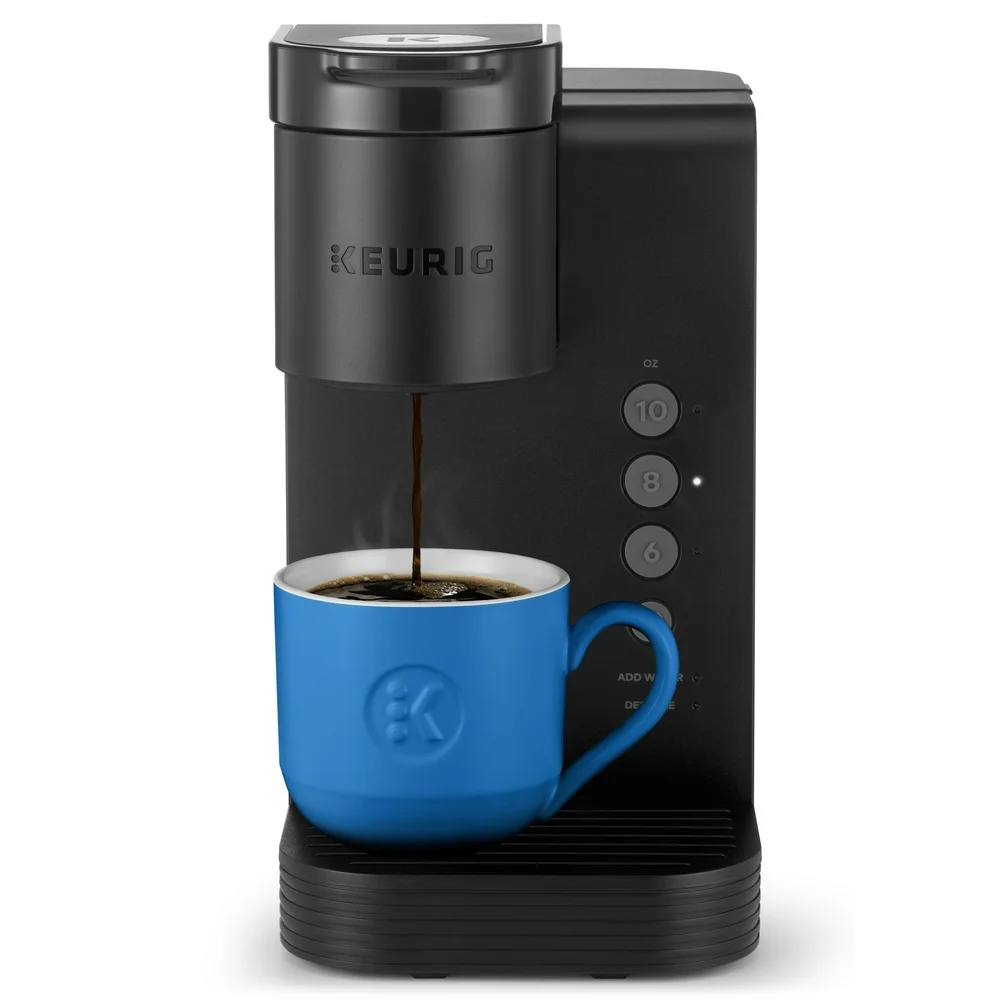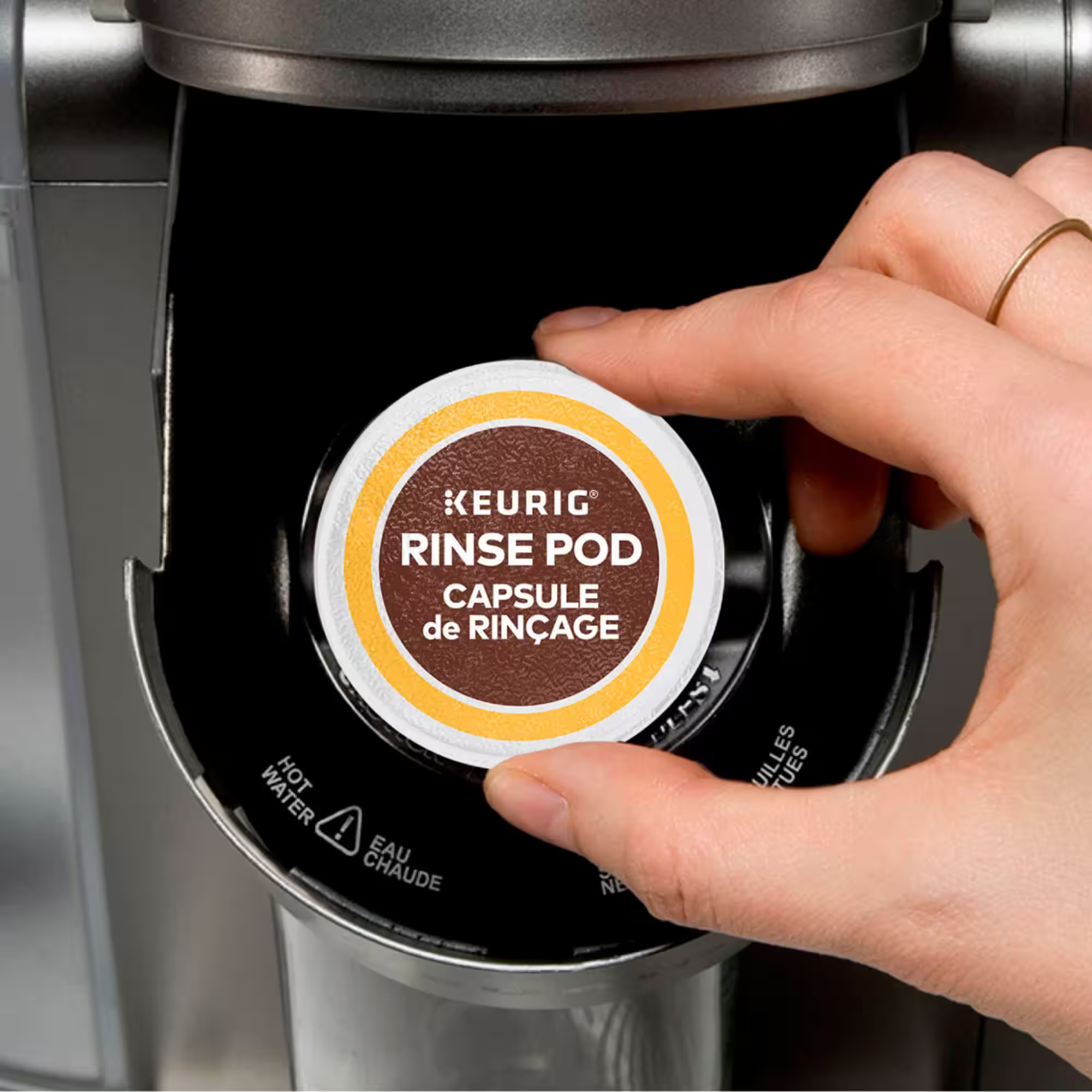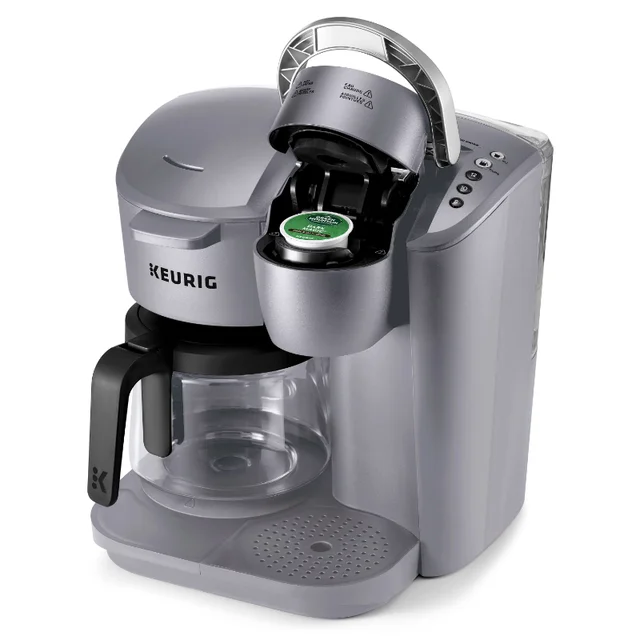
The Importance of Descaling Your Keurig Duo
Keeping your Keurig Duo in top condition requires regular descaling. This process removes calcium deposits, or scale, from your machine. These deposits come from water and can affect the machine’s performance over time. Descaling ensures your coffee tastes great and your machine operates efficiently. Without descaling, you might notice a decline in the quality of your brews. Scale buildup can also lead to clogs and longer brew times. In severe cases, it can cause your machine to stop working altogether.
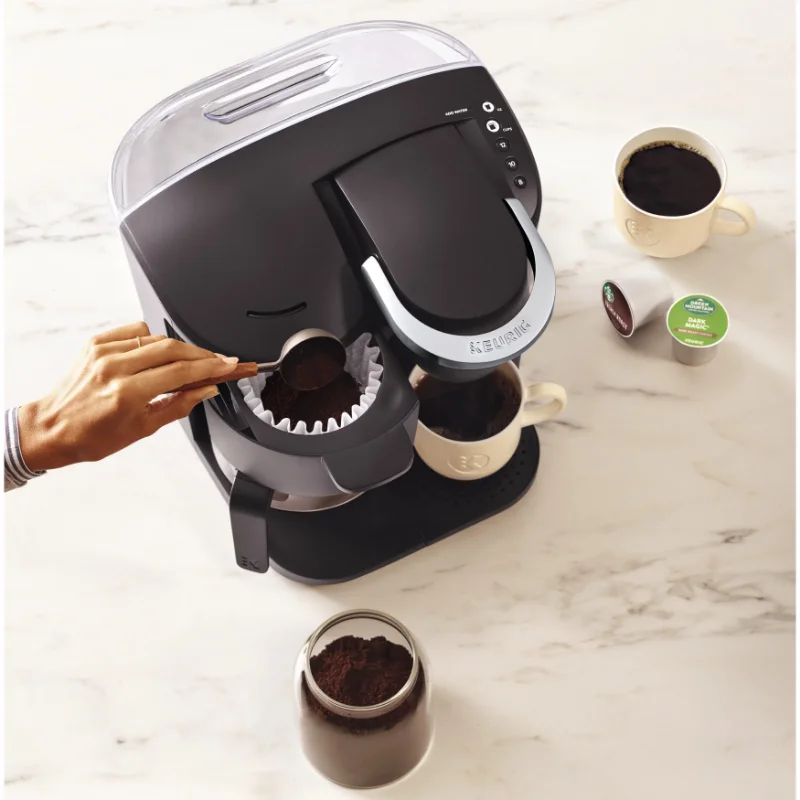
By descaling your Keurig Duo, you’re extending its lifespan. You’re also making sure it runs smoothly every morning, providing that perfect cup of coffee. Descaling is not just about maintenance; it’s about preserving the quality and consistency of your coffee experience. So, remember to descale regularly to enjoy the full benefits of your Keurig Duo.
Signs That Your Keurig Duo Needs Descaling
Not sure when to descale Keurig Duo? Watch for these signs. First, if your coffee takes longer to brew, scale might be slowing it down. Second, an increase in noise during brewing can signal a scale buildup. Third, if the coffee tastes off or less flavorful, it’s time. You might also see mineral deposits in the water reservoir. Lastly, if your Keurig Duo sends a descaling message, don’t ignore it. These signs tell you it’s time to descale. Regular maintenance eliminates these issues. Your Keurig Duo will thank you with better tasting coffee and a longer life.
Materials Needed for a Successful Descale
To descale your Keurig Duo effectively, you need the right materials. First, get a descaling solution. You can buy this from a store, or you can make one. If you choose to make it, mix white vinegar with water. Use equal parts of each for a homemade solution. Second, you will need fresh water. This water rinses the machine after descaling. Third, have a large ceramic mug at hand. This mug catches the descaling solution during the cleaning process. Lastly, access a sink close by. You need to empty and rinse the mug several times. Make sure all these items are ready before you start. This makes the descaling process smooth and hassle-free.
Step-by-Step Guide to Descaling Your Keurig Duo
Ready to descale Keurig Duo? Here’s your step-by-step guide. Follow these simple steps to ensure efficient cleaning and maintenance of your machine. First, turn off your Keurig Duo. Remember to unplug it as well. Then, empty the water reservoir and remove any water filter, if present. Ensure the pod holder is empty too. Now, pour the prepared descaling solution into the reservoir. If using a homemade solution, remember the one-to-one ratio of white vinegar to water.
Fill the reservoir with the solution up to the max fill line. Turn on your Keurig Duo and place the large ceramic mug you prepared on the drip tray. Run a brew cycle. Do this without inserting a pod. After the cycle completes, discard the liquid in the mug. Continue this process until the reservoir is empty. Once you’re done cycling the solution through, let your Keurig Duo sit for 30 minutes. This allows the solution to work on the scale buildup.
Now, rinse the reservoir well. Fill it with fresh water to the max fill line. Return the water filter if you had one. Run water cycles with the fresh water. Keep going until you finish the full reservoir. This step ensures that no descaling solution remains in your machine. For best results, rinse two or three times with the fresh water. Your Keurig Duo is now descaled and ready for your next cup of coffee. Descale Keurig Duo regularly to keep it running smoothly and keep your coffee tasting great.
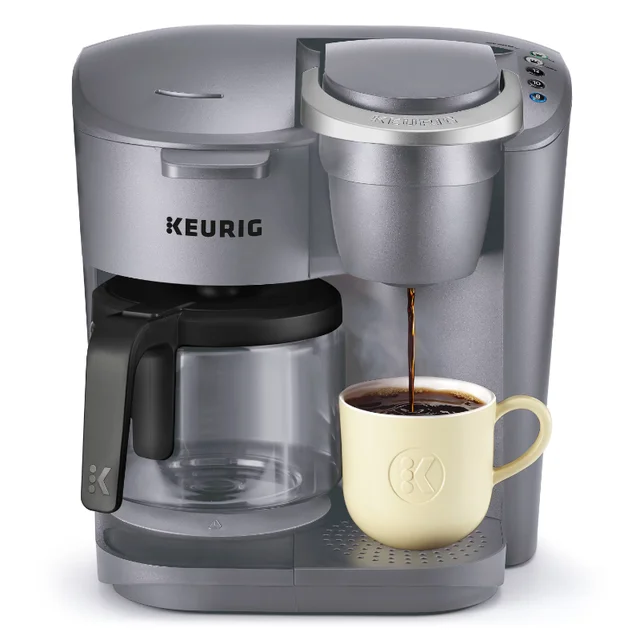 Troubleshooting Common Keurig Duo Descaling Issues
Troubleshooting Common Keurig Duo Descaling Issues
Despite following the steps to descale Keurig Duo, you might encounter issues. Here are tips to troubleshoot common problems.
Firstly, if the descaling solution doesn’t flow, check for clogs. Make sure to use the solution within the proper measurements. Too much vinegar can cause clogs.
Another problem could be the machine not turning on after descaling. Simply check the power source, ensuring the machine plugs in securely. Reset the Keurig Duo if needed.
Sometimes, a descaled Keurig Duo might still make noise. Usually, this means air is in the system. Run a few brew cycles with water to fix this.
Also, you might find your coffee still tastes bad after descaling. If so, consider a second descale. If the issue persists, replace the water filter.
Lastly, if your Keurig Duo asks for more descaling, it might not recognize the cycle’s completion. Run more fresh water through the machine to clear any remaining solution.
Encounter another problem? Refer to the Keurig Duo manual. It often has the answers. Remember, regular descale keurig duo maintenance prevents most issues. So, keep to the schedule for best results.
How Often Should You Descale Your Keurig Duo
Knowing how frequently to descale your Keurig Duo is key to keeping it in optimal condition. The general recommendation is every 3 to 6 months. However, this can vary based on water hardness and machine usage. For those using hard water, descaling may be needed more often. This is due to higher mineral content that leads to quicker scale buildup. If you notice any signs of scaling before the 3-month mark, don’t wait. Descale your Keurig Duo to maintain its performance and coffee quality.
For moderate to light users, the 6-month interval could be enough. Still, consistency is crucial. Mark the calendar or set a reminder. This ensures you don’t overlook the necessary maintenance.
To summarize, descale your Keurig Duo:
- Every 3 months if you use hard water or use your machine frequently.
- Every 6 months for softer water or less frequent use.
- Whenever you observe signs of scale buildup regardless of the timeline.
Stick to this schedule, and you’ll extend your Keurig Duo’s lifespan and enjoy delicious coffee every time.
 Preventative Maintenance for Your Keurig Duo
Preventative Maintenance for Your Keurig Duo
Preventative maintenance is key to a long-lasting Keurig Duo. Coupled with regular descaling, it ensures your machine runs smoothly. Follow these tips to minimize scale buildup and enhance your coffee experience. Firstly, use filtered or bottled water to reduce mineral deposits. Hard tap water can increase scaling. Also, empty the water reservoir after each use; don’t let water sit overnight. Always use the correct amount of descaling solution, as overuse can cause damage. Clean removable parts weekly. This includes the water reservoir, drip tray, and K-cup holder. Use soap and water, and dry them thoroughly. Check for software updates. Some Keurig Duo models have digital updates that can improve performance. Lastly, perform a brew cycle with just water after making a cup of coffee. This cleans out any leftover coffee grounds. By following these preventative steps, you can avoid frequent descaling sessions. Plus, you’ll enjoy a Keurig Duo that lasts longer and provides consistently delicious coffee.
Conclusion
Descaling your Keurig Duo is an essential practice that should not be overlooked. By following the steps outlined in this guide, you can ensure that your coffee maker remains in excellent working condition, delivering rich, flavorful coffee with every brew. Regular maintenance, including descaling, will not only enhance the taste of your coffee but also extend the life of your machine. Don’t wait for the signs! Be proactive and make descaling a regular part of your coffee ritual. Remember, a well-maintained Keurig Duo is the key to unlocking the full potential of your coffee experience!
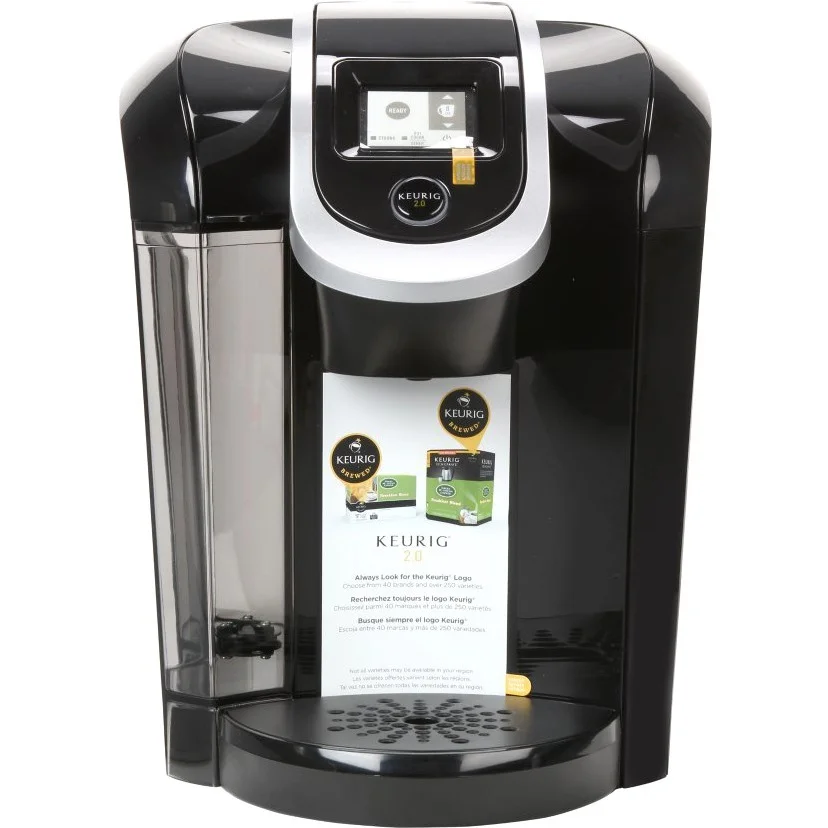
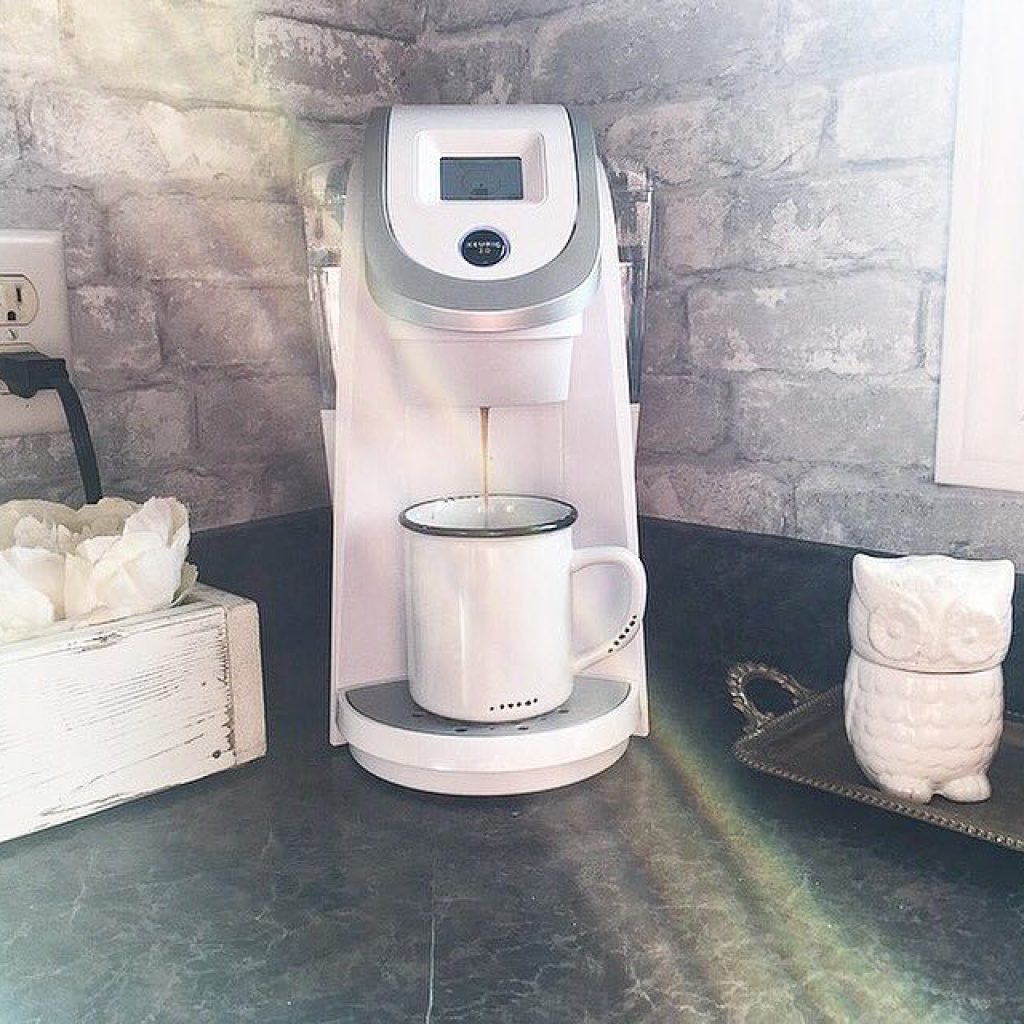
 Troubleshooting Keurig Issues After Registration
Troubleshooting Keurig Issues After Registration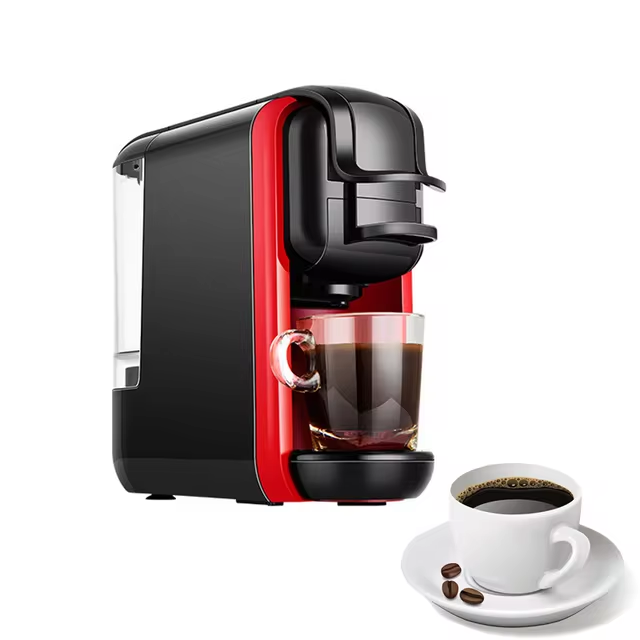
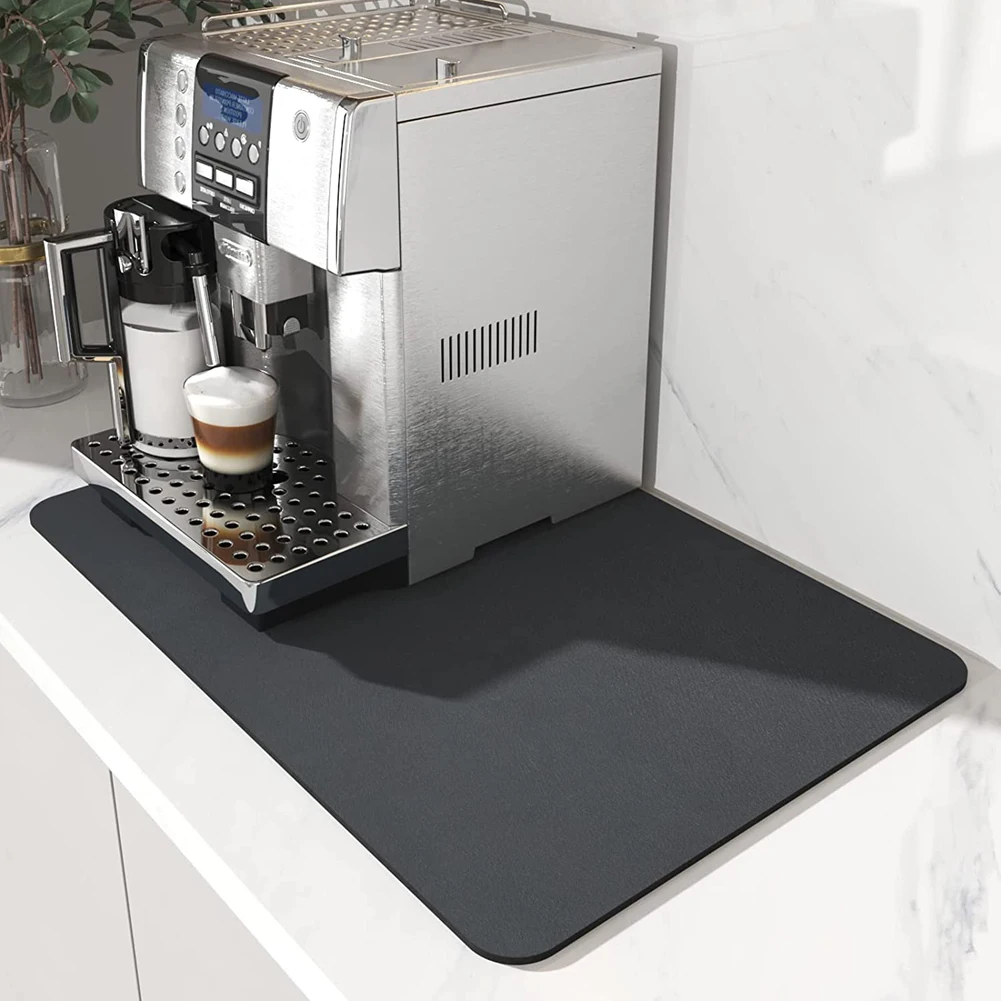
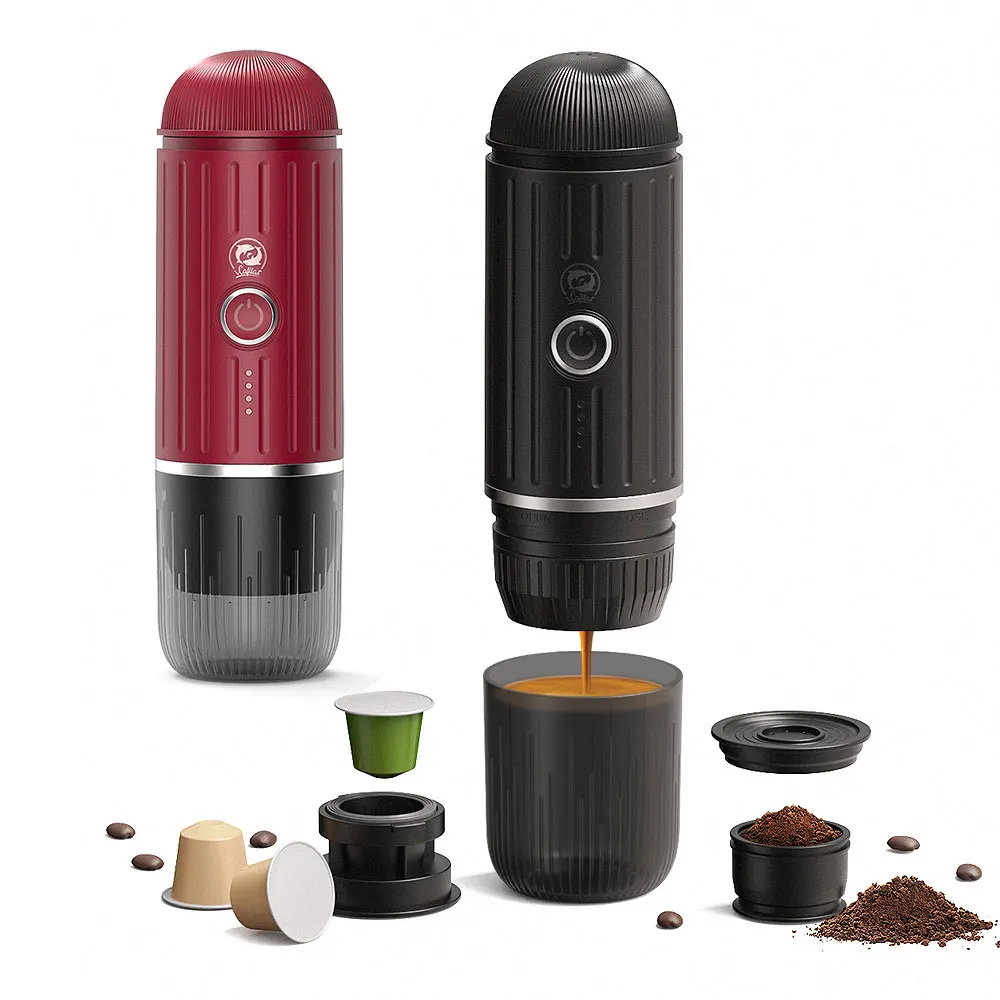 Step-by-Step Descaling Process
Step-by-Step Descaling Process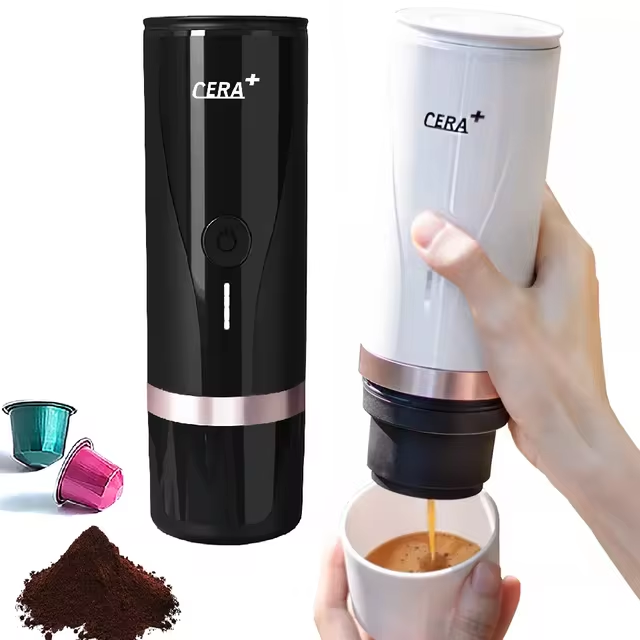
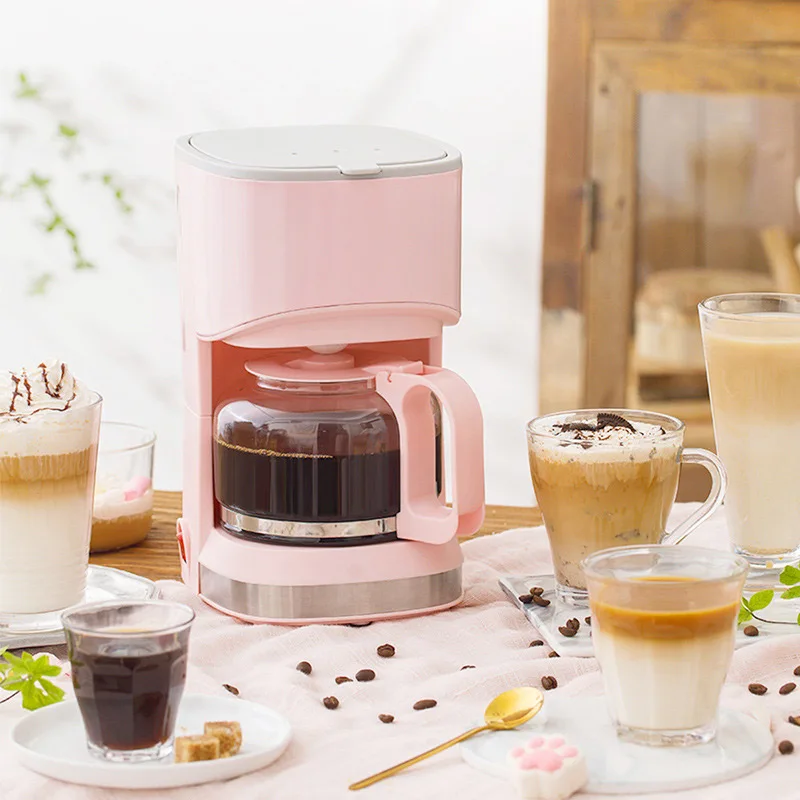
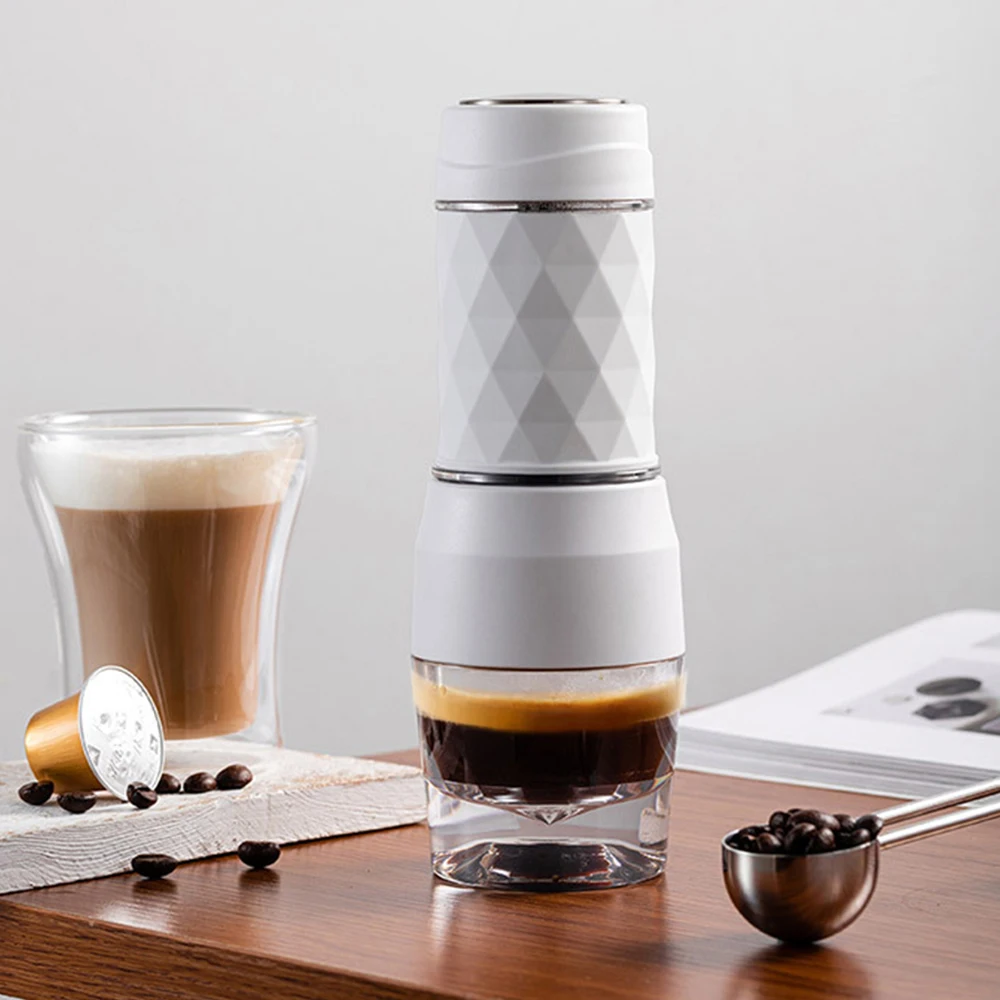 Addressing the Blinking Blue Light in Water Reservoir
Addressing the Blinking Blue Light in Water Reservoir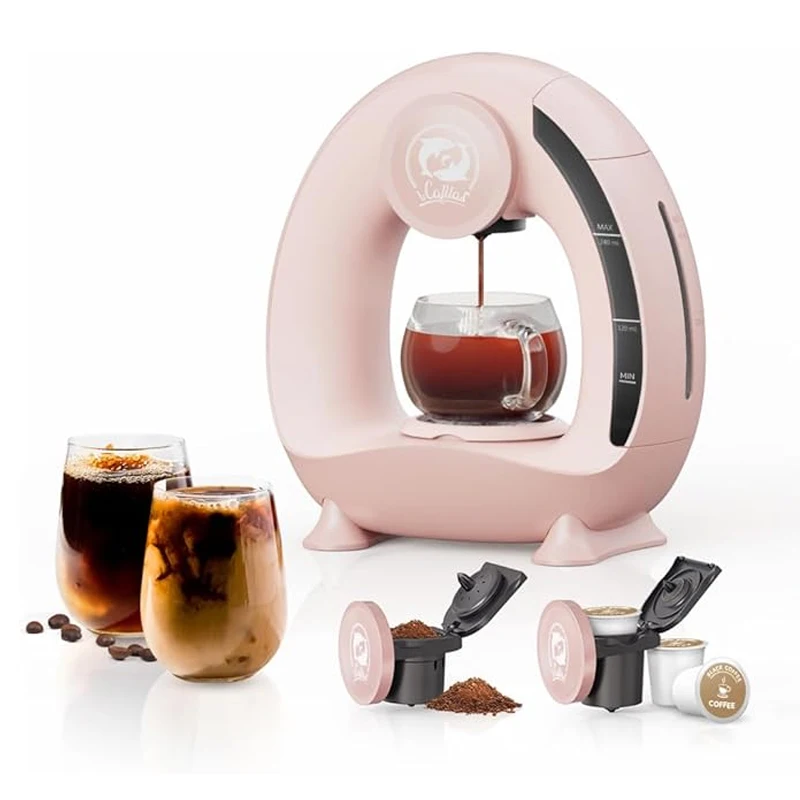
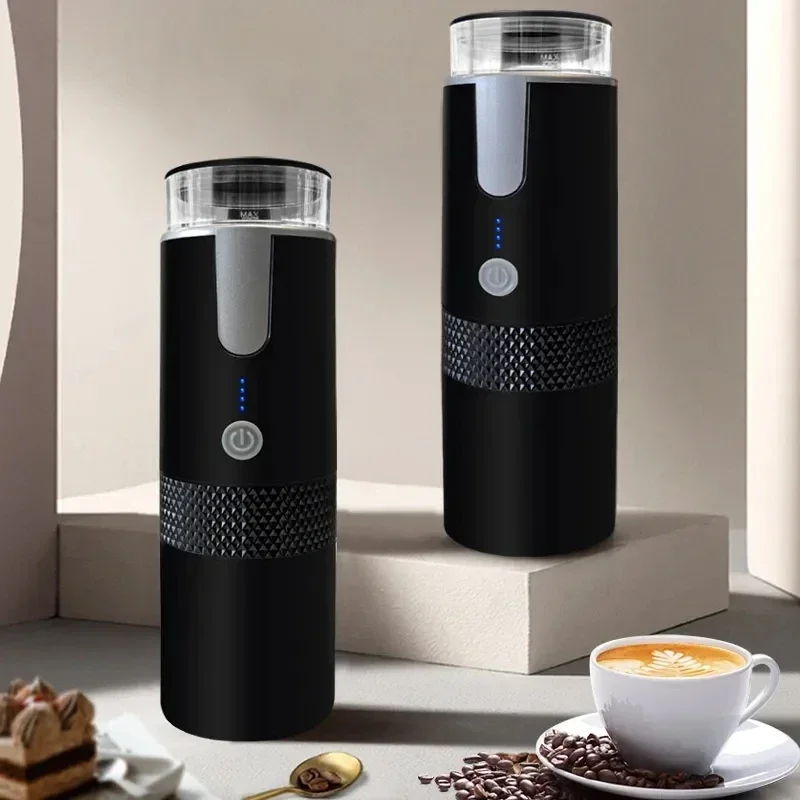
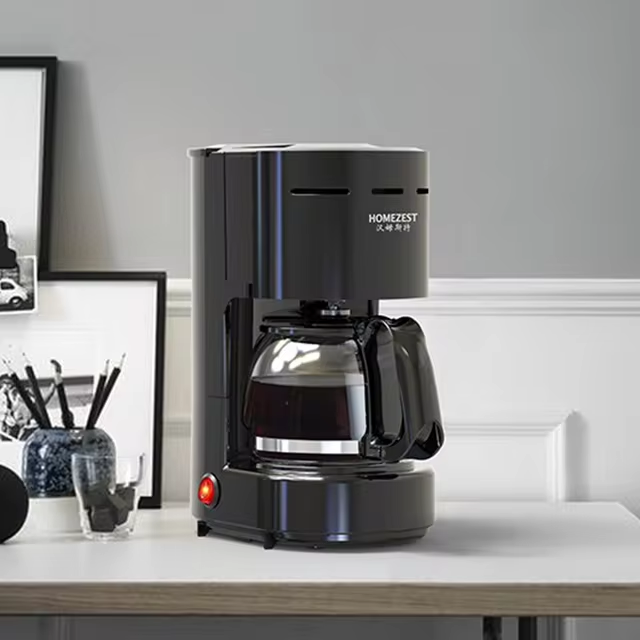
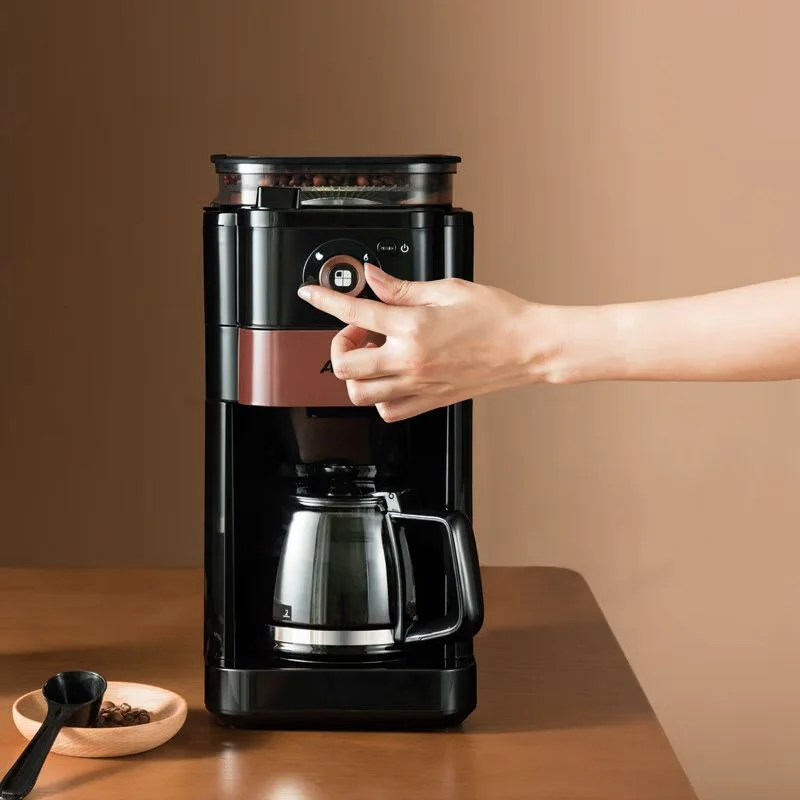
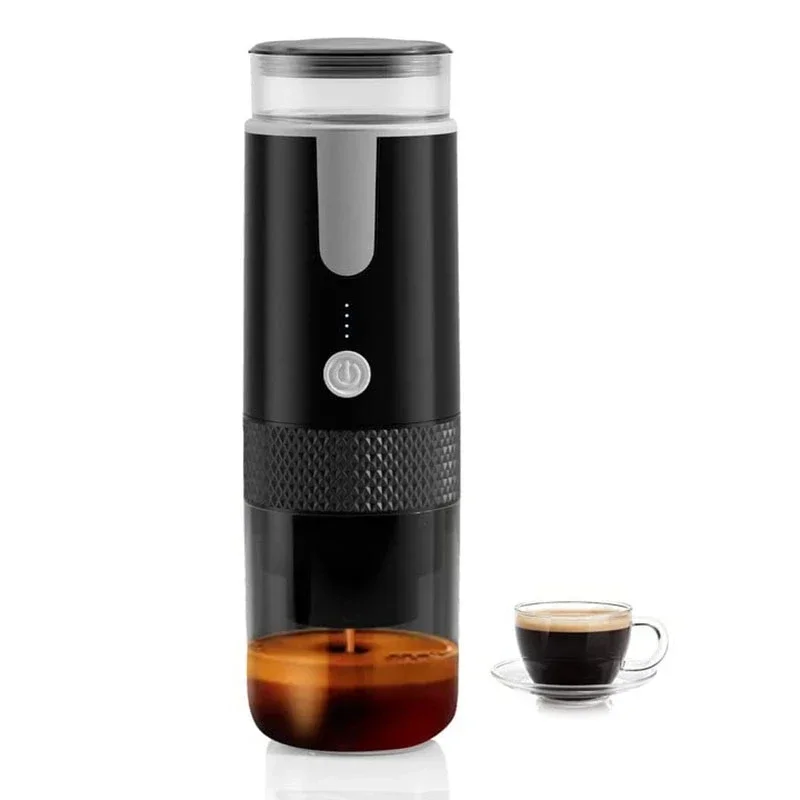
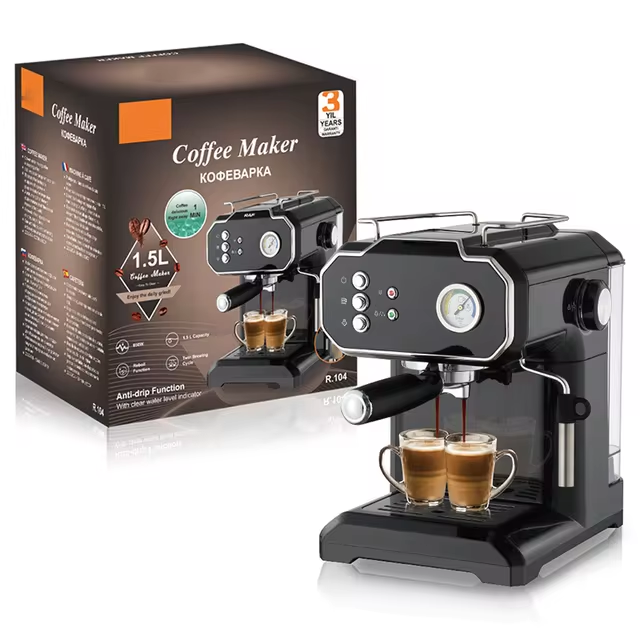 Maintaining a Clean Keurig to Minimize Descale Frequency
Maintaining a Clean Keurig to Minimize Descale Frequency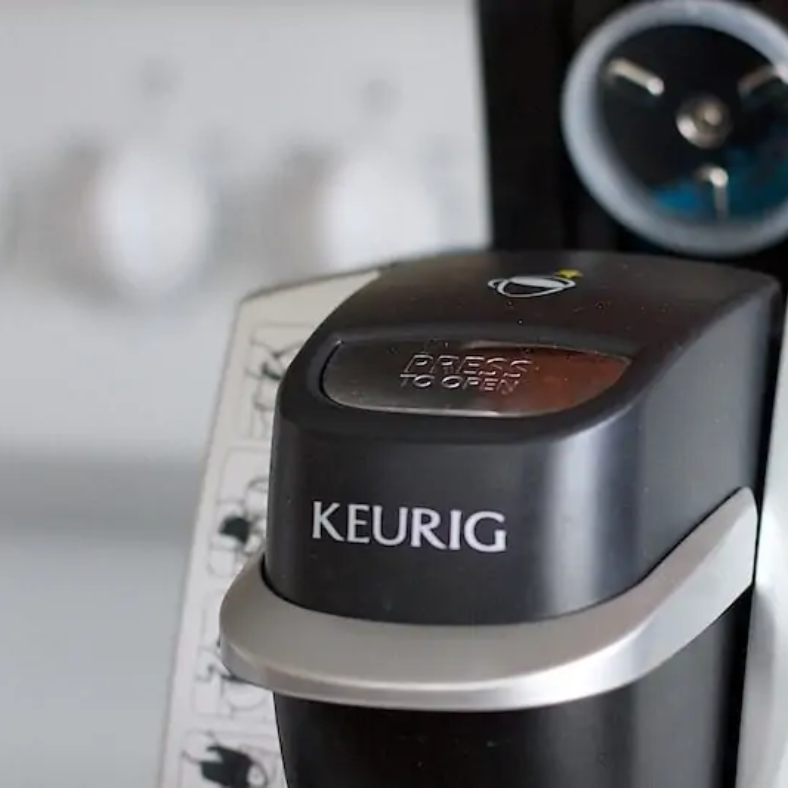
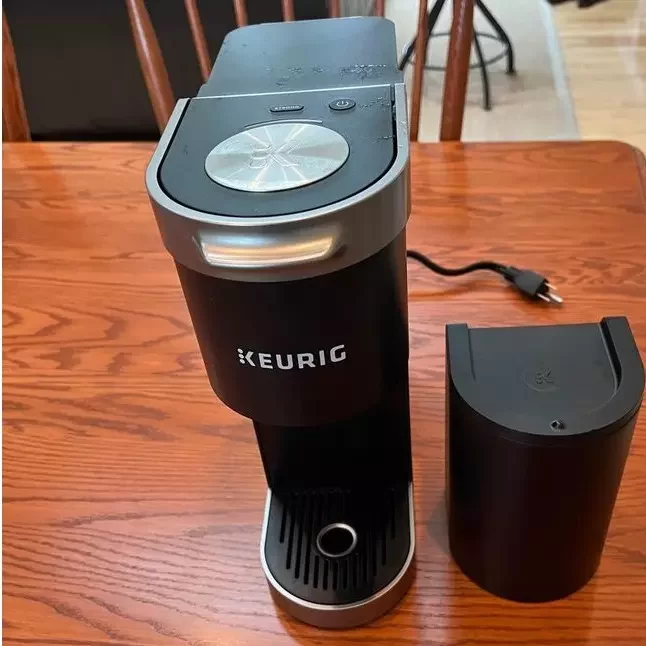
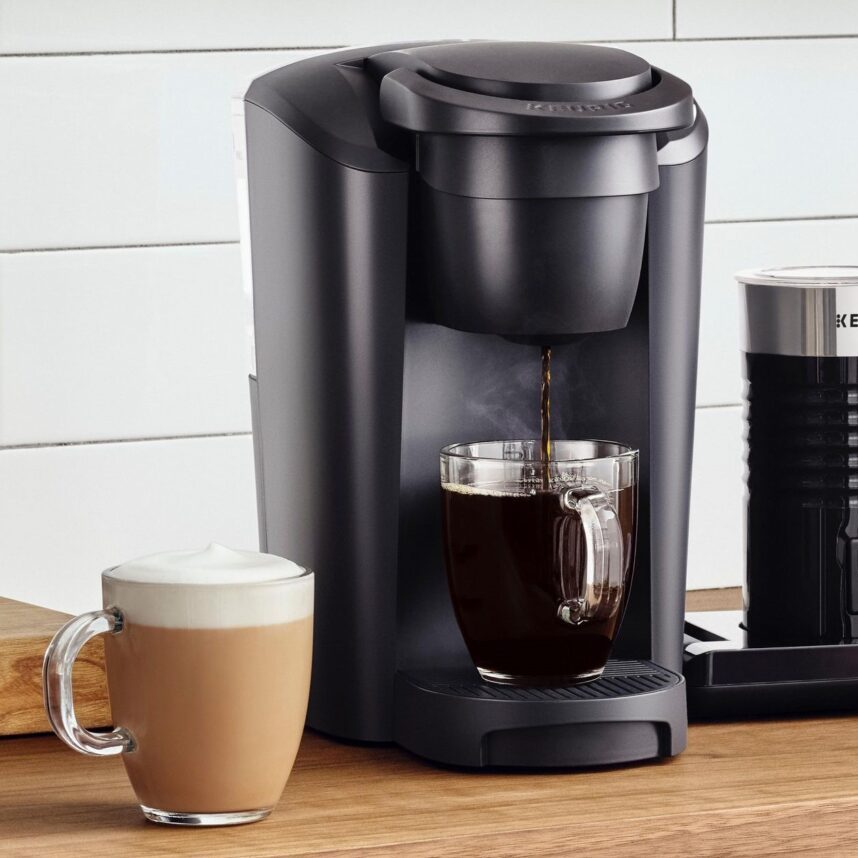 Dealing with Specific Keurig Issues
Dealing with Specific Keurig Issues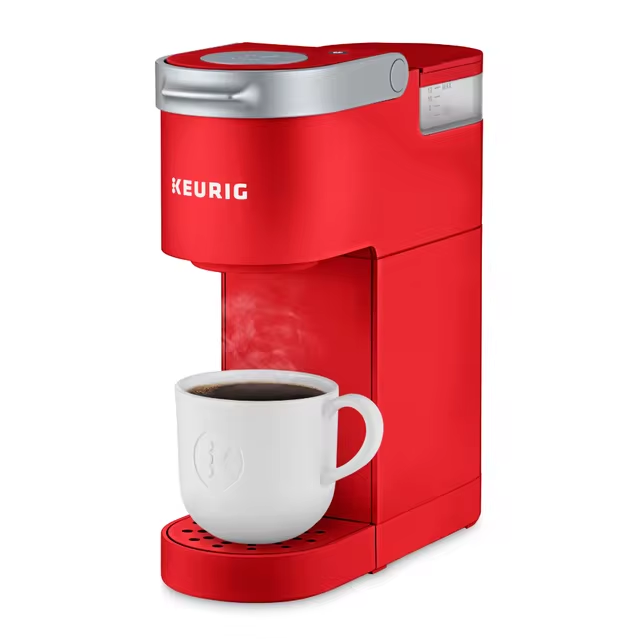
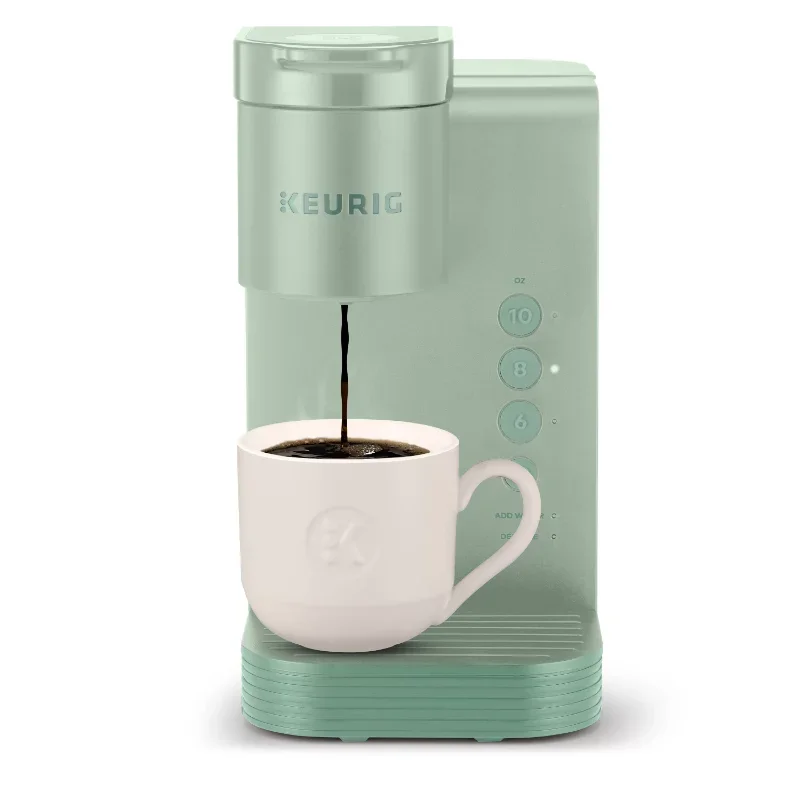
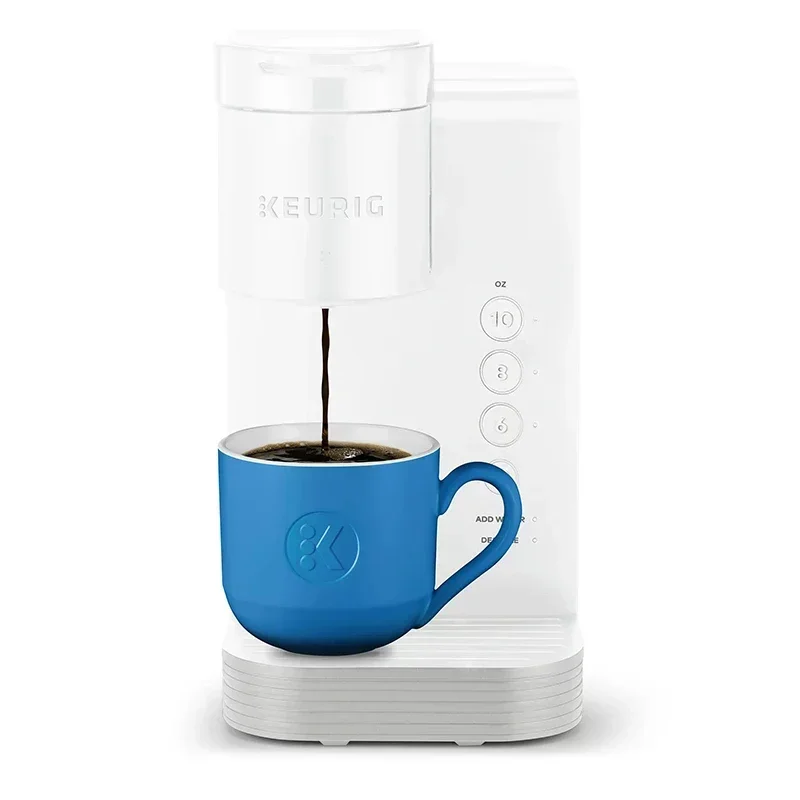 Comparison of Keurig with Other Coffee Makers in Terms of Energy Use
Comparison of Keurig with Other Coffee Makers in Terms of Energy Use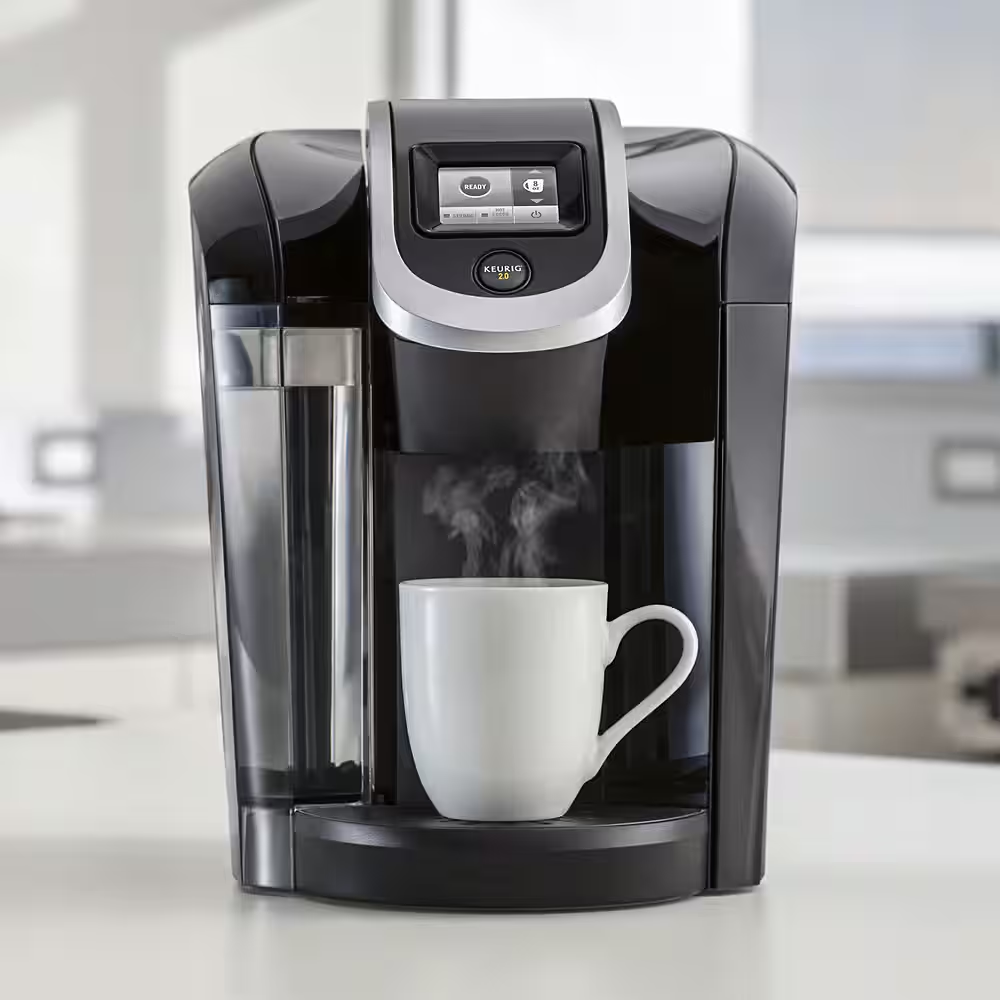

 Rinsing and Final Steps to Remove Vinegar Taste
Rinsing and Final Steps to Remove Vinegar Taste